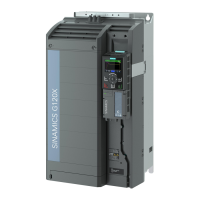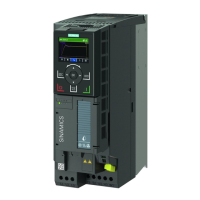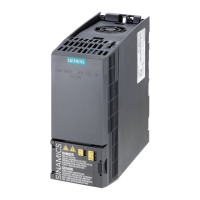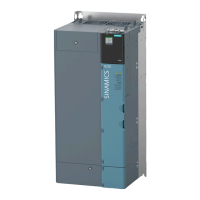Operation
6.11 Communication via EtherNet/IP
Converter cabinet units
384 Operating Instructions, 07/2016, A5E03347396A
Communication via EtherNet/IP
6.11.1
EtherNet/IP (short: EIP) is real-time Ethernet, and is mainly used in automation technology.
For communication via EtherNet/IP, you require an Ethernet CBE20 option board (Option
G33).
Via the onboard interface of the CU320-2 PN, no communication is possible via EtherNet/IP.
Connect drive device to Ethernet/IP
In order that your drive can be connected to a control system via Ethernet, your control
system requires a generic I/O module for cyclic communication via Ethernet/IP. You
manually create this generic I/O module in the control system.
Create generic I/O module and connect the drive to the control system
To connect the drive to a control system via Ethernet, proceed as follows:
1. Connect the drive to the control system via an Ethernet cable.
2. In your control, create a generic I/O module with Ethernet/IP functionality:
– Insert a new module in your control system.
– Select a generic Ethernet module from the selection.
– Enter the network parameters for the newly inserted module (IP address, subnet
mask, standard gateway, station name).
3. For the generic I/O module, enter the lengths of the process data for cyclic
communication, which you have selected in STARTER, r2067[0] (input), r2067[1]
(output), for example: Standard telegram 2/2.
In the STARTER telegram configuration, read out the length of the process data for all
drive objects (for input and output) - and add them (see PROFIdrive "Telegrams and
process data (Page 319)").
– Input 101:
Here, enter the sum of all input process data of your drive objects from STARTER.
– Output 102:
Here, enter the sum of all output process data of your drive objects from STARTER.
– Configuration 103:
Here, you generally enter the value 0 or 1.
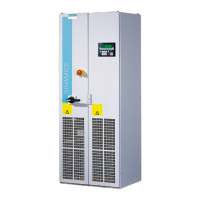
